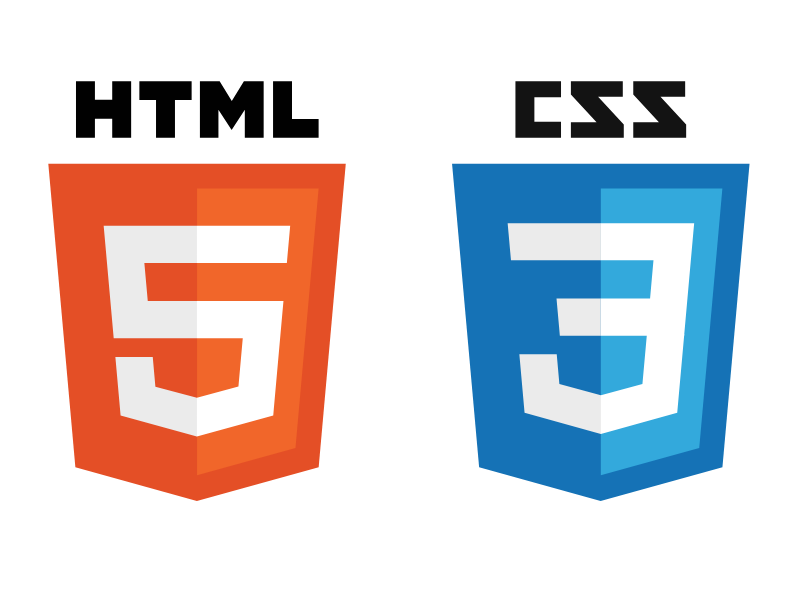CSS reset :?

Every web browser uses what is known as a base stylesheet. This ensures that any HTML is rendered somewhat reasonably when you forget to include a piece of custom CSS. You know things like, blue for links that you’ve yet to visit, purple for links that you’ve already visited, bold for the likes of strong tags & different text sizes for heading. All those things and more are not always the same browser to browser. NO.. Not all browsers use the same base stylesheet, so that custom CSS you’ve just spent hours, maybe even days creating might be affected in some way by a default style that’s implemented within your browsers base stylesheet. The easiest and most simplistic way to keep your CSS intact is to include a CSS reset. Sometimes though, people are happy with what their browser’s base stylesheet provides. Things such as font weights, line height, bullet points and other styles are often fine. If they’re not, then they can easily be adjusted.
What is a CSS reset :?
A CSS reset essentially provides a blank canvas so that any styles applied are sort of almost certain to be your own. Most CSS resets require you to re-style all your elements, which could make your CSS file much larger than you’d like. But at the same time it will also reduce browser compatibility issues.
Should I use a CSS reset :?
Should you use a CSS reset ?? Well that really depends. Like if you have a pretty small or basic website then creating and using a CSS reset might not be worth the time and effort. Though if you have a pretty large site or a site that just has tons of elements, then using a CSS reset might just the right thing. CSS resets may be appealing and work for you, but they’ll not be for everyone. You’ll need to weigh everything out and look at everything for yourself.